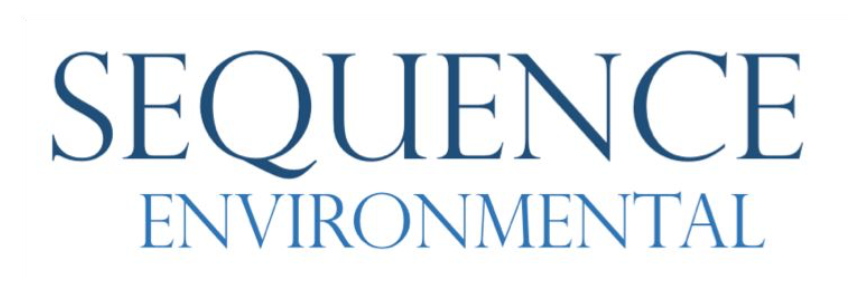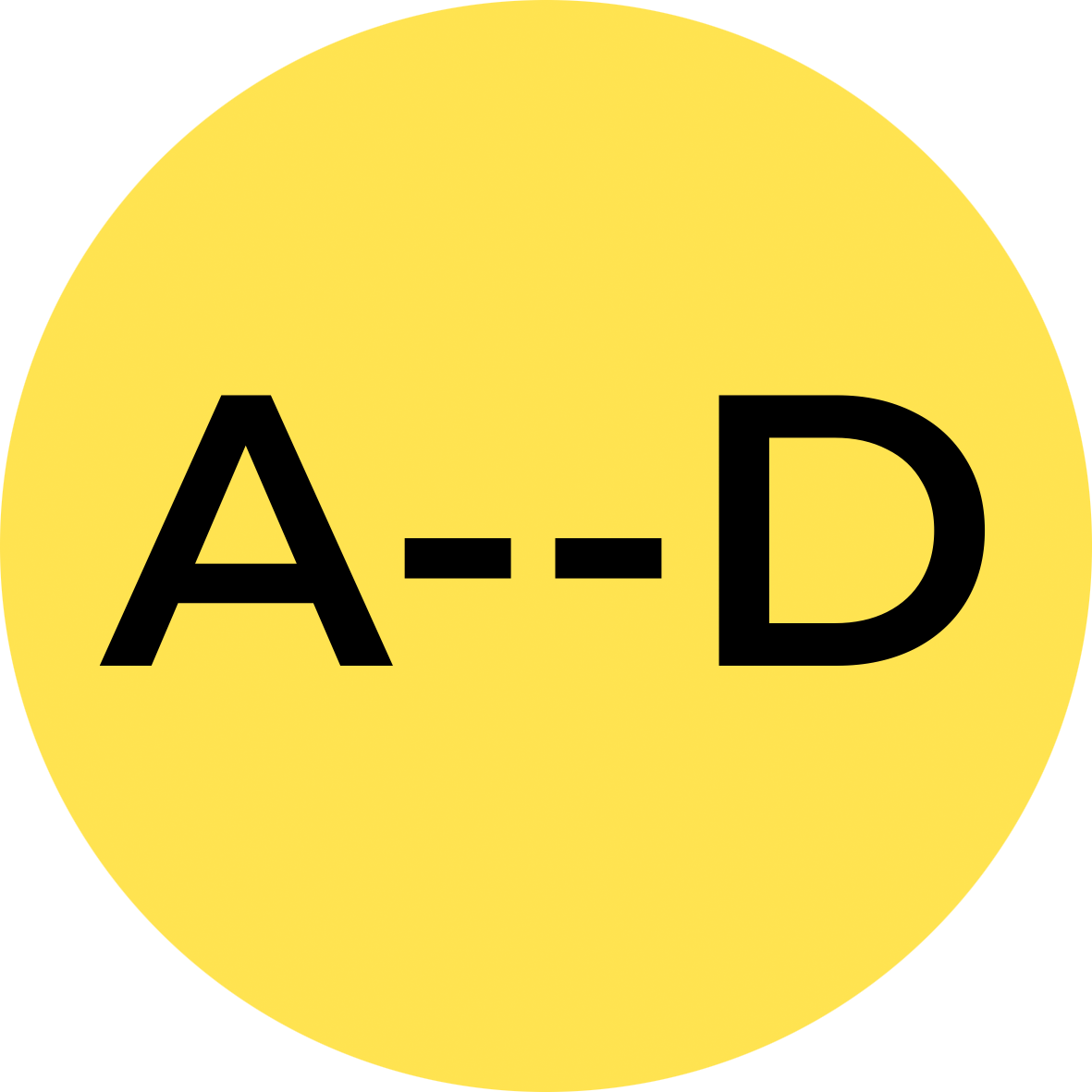Down below is an inspiring animation from the RSA on changing education paradigms. In it, Sir Ken Robinson explains – among many other things – why our current model of public education kills creativity and collaboration.
While watching it I was massively struck by the parallels with today’s business environment and the major challenges we face. I encounter them almost every day when helping clients develop strategy and communication. Like it or not, we are facing a paradigm shift and we have to start looking for the right solutions. Here’s a few of Sir Ken’s main points with my own thoughts t0 put it in context:
“Why do we try to meet the challenges of the future by doing what we did in the past?”
Changing the way we think about our business challenges seems to be the hardest thing of all. Why is that? Maybe it is in our nature to keep moving forwards. Keep on doing the same old things, but just do it better, faster. But in business, just as in education …
“Raising standards is not the answer.”
Most often, our immediate reaction when something isn’t working in a business, is to try and fix it. Make it better. But what if the old solution isn’t the best fit for the new challenge? How valuable is it to keep pumping money and resources into the old way of working when there are more than enough new insights, tools, strategies and techniques that will give a much better solution. After all …
“We live in the most stimulating time on the Earth.”
Now the social media hype is over, and those with a fully integrated Web 2.0 strategy are either market leaders or gaining market share faster than those who aren’t, it’s clear the paradigm has shifted. There’s a new business popping up every day that is doing things differently, not better. Your competitor knows this. He isn’t trying to compete. He’s reinventing the way he does business. Numbing ourselves to reality is not a solution.
“In the old regime, the twin pillars were economic and intellectual.”
Since the industrial revolution we have privileged economic performance and the intellectual. In the traditional education system, people are taught, as Robinson says, “There’s one answer. It’s at the end of the book. And looking is cheating.” In the real world, aesthetics and creativity are just as relevant – that goes for business models, products, services or even operations. There’s many more answers to our business challenges. Plus, in real life we collaborate, share and learn, solve problems – together. We draw on each others’ experience(s) to determine what is the most valuable strategy for our current situation, not judge from the ‘preferred process.’ So why do we not seem to value this in today’s business environment?
“The current system was designed, conceived and designed for a different purpose.”
I have yet to meet a small and medium sized business run by a leader over 40 that structures their business in anything other than a vertical hierarchy – one based on the old industrial model of production lines. This industrial legacy was designed to create high output, low cost, standardised automated outputs. Unless you are making widgets, in engineering or production, why do you structure your business this way? Why not as a hub and spoke model? How about a collection of multiple hubs and connected nodes like this – whatever best fits the purpose, right? When structuring your organisation, form really should follow function, not historical legacy.
“Why do we try to meet the challenges of the future by thinking how we did in the past?”
I’ll finish where we started. In my experience, almost all of the business leaders I have met employ linear and convergent thinking, models and practices. These are taught at all the major business schools. And privileged by all the major management consultancies. The closest we get to divergent thinking is in ‘brainstorming’ as a technique to make convergent thinking ‘better’. Or iterative models to make up for the fact we don’t consider all interdependencies. That’s simply not good enough anymore. This linearity doesn’t suit the business environment we live in, the relationships with our customers, the new marketing reality, the business problems that need to be solved, the way we work most productively, and more.
Surely this begs the question:
Why do we continue to think in the same old linear patterns when the world around us so obviously isn’t ?















